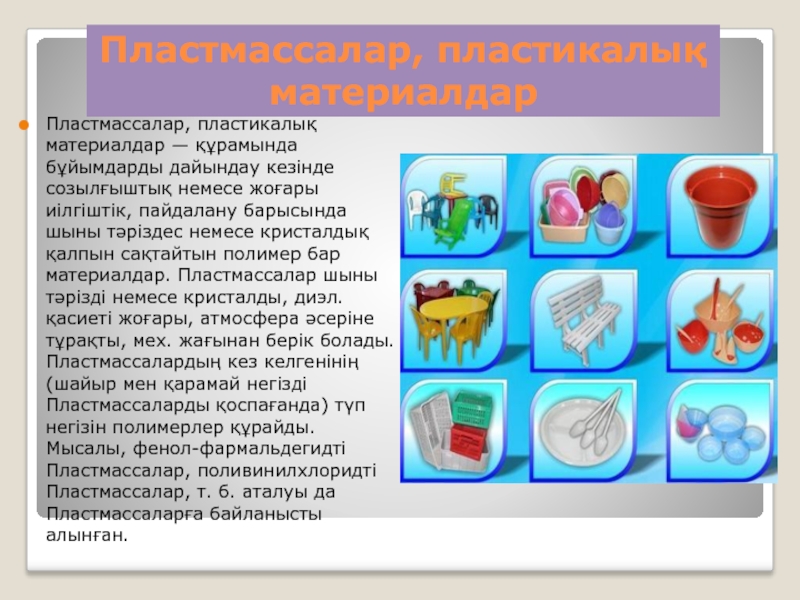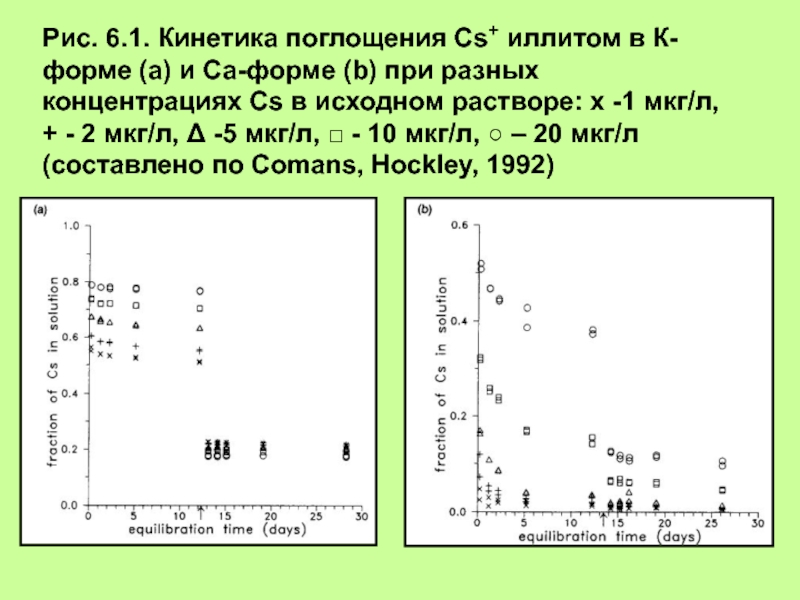Experiments on electron irradiation and subsequent 700°C annealing of diamonds containing MA1, NP1 – NP3 centers have shown that substitutional nitrogen is a charge compensator of these centers. The iirradiation leads to the decrease of the spectra intensities of phosphorus containing centers and the little increase of the spectra intensity of substitutional nitrogen P1. So the experiment with electron irradiation has given the direct evidence of N- charge state of nitrogen in diamond. Experiments on electron irradiation of the 2300°C annealed sample with subsequent 700°C annealing give new center NP7, it proposed to have the structure
EPR of phosphorus in diamond crystals. An influence of nitrogen impurity, HTHP treatment and high phosphorus concentration
NIIC SB RAS
IGM SB RAS
A.Y. Komarovskikh1, V.A. Nadolinny1, Y.N. Palyanov2, I.N. Kupriyanov2
1Nikolaev Institute of Inorganic Chemistry, Siberian Branch of Russian Academy of Sciences
2Sobolev Institute of Geology and Mineralogy, Siberian Branch of Russian Academy of Sciences
komarrr@ngs.ru
Semiconductor diamond
Diamond is a promising material for electronic devices, because its radiation and thermal hardness is greater than that of silicon. So such devices can be used in space and nuclear technology. Also diamond has very high thermal conductivity, so semiconductor diamond can be used in high power electronics.
Diamond has wide band gap (5.5eV). It is known that diamond can easily be doped with boron atoms producing p-type conductivity (defect state is 0.37eV above the top of the valence band). Since nitrogen possesses one more electron than carbon, it could be considered as a potential donor, however, its level in the forbidden band is too deep (1.7eV below the bottom of conduction band). In present times, the primary focus is directed toward the creation of n-type conductivity in the diamond via doping of phosphorus (0.6eV below the bottom of conduction band). But most of the works on this topic are empirical, so the description of phosphorus incorporation into the diamond is incomplete.
Samples
Weighted portions of the diamond crystals were synthesized via the high-pressure high-temperature method (using split-sphere-type multianvil apparatus BARS)
in the P-C system with different P concentrations
in the temperature range 1600-1800оС
in the pressure range 6.3-7GPa
without seed crystals (crystals are ~100μm in size)
The high-pressure annealing of the phosphorus containing diamonds was also
performed by BARS.
Samples have been obtained by Y.N. Palyanov, I.N. Kupriyanov (IGM SB RAS).
1. Nadolinny, V.A., Pal’yanov, Yu.N., Kalinin, A.A., Kupriyanov, I.N., Veber, S.L., Newton, M.J. Transformation of As-Grown Phosphorus-Related Centers in HPHT Treated Synthetic Diamonds //Appl. Magn. Reson. – 2011. – Vol. 41. – P. 371-382.
2. Komarovskikh, A., Nadolinny, V., Pal’yanov Y., Kupriyanov, I, Sokol, A. EPR of new phosphorus-containing centers in synthetic diamonds //Phys. Status Solidi A. – 2013. – Vol. 210. – P. 2078-2082.
X-band EPR spectrum of synthetic microdiamonds grown at 1600оС in the P–C system
X-band EPR spectra of synthetic microdiamonds grown at 1600оС after annealing at 1800оС a experimental spectrum, b simulated spectrum of the NP3 center,
c simulated spectrum of the NIRIM8 (NP1) center
X-band EPR spectrum of synthetic microdiamonds grown at 1600оС after annealing at 2000оС a experimental spectrum, b simulated spectrum of the NP2 center
Q-band EPR spectrum of synthetic microdiamonds grown at 1600оС after annealing at 2300оС after X-ray irradiation a experimental spectrum, b simulated spectrum of the NP4 center, c simulated spectrum of the NP5 center, d simulated spectrum of the NP6 center
e-(3.5MeV, 5х1017 e/cm2) + 700ºС, 2hours
X-band EPR spectrum of synthetic microdiamonds grown at 1600оС after annealing at 2300оС a experimental spectrum before electron irradiation, b experimental spectrum after electron irradiation and heat treatment at 700оС during 2 h, c simulated spectrum of the NP7 center
EPR of synthetic diamonds heavily doped with phosphorus
Q-band EPR spectrum of synthetic microdiamonds grown at 1600оС in C-P medium with high concentration of phosphorus (40K), A/B=5.7, ΔH=19.31Gs
Diamonds grown in the medium with high concentration of phosphorus in the presence of Al at 1600°C and 6.3GPa demonstrate no visible lines in EPR spectra at room temperature. But at 77K in the EPR spectrum of the studied microcrystals new spectra NP8 and NP9 are observed besides NP3 spectrum. NP8 demonstrates HFS of one phosphorus atom, NP9 demonstrates HFS of two phosphorus atoms. Reduction in temperature to 40 K leads to the saturation of the NP3, NP8 and NP9, a new EPR spectrum associated with conductivity electrons in form of Dyson line appears with g-factor g=2.00(1). So, in part of the microcrystals nitrogen-phosphorus defects are observed. In other microcrystals we detect the formation of phosphorus pairs in adjacent carbon positions. In microcrystals with high phosphorus impurity concentration degeneration of the levels into zone near the conduction band takes place.
Annealing of as grown diamond crystals at temperature of 2000ºC leads to the disappearance of the NP3, NP8 and NP9 spectra and combination of NP4 and new spectrum NP10 is observed. Spin Hamiltonian parameters of NP10 is close to them of NP4, its structure is discussed.
Transformation of phosphorus-related centers in HPHT synthetic diamonds
X-band EPR spectrum of synthetic microdiamonds grown at 1700оС a experimental spectrum before electron irradiation, b experimental spectrum after electron irradiation (3.5MeV, 5х1017 e/cm2) c after subsequent heat treatment at 700оС during 2h
of eight-vacancy chain with a phosphorus atom in the center. NP7 is thought to be formed by attachment of vacancies to phosphorus-containing defect with a semivacancy structure.
X-band EPR spectrum of synthetic microdiamonds grown at 1600оС in C-P medium with high concentration of phosphorus (77K) a experimental spectrum, b simulated spectrum NP8, c simulated spectrum NP9, d sum of simulated NP3, NP8 and NP9
X-band EPR spectrum of synthetic microdiamonds grown at 1600оС in C-P medium with high concentration of phosphorus after annealing at 2000оС (77K) a experimental spectrum, b simulated spectrum NP4, c simulated spectrum NP10, d sum of simulated NP4 and NP10






